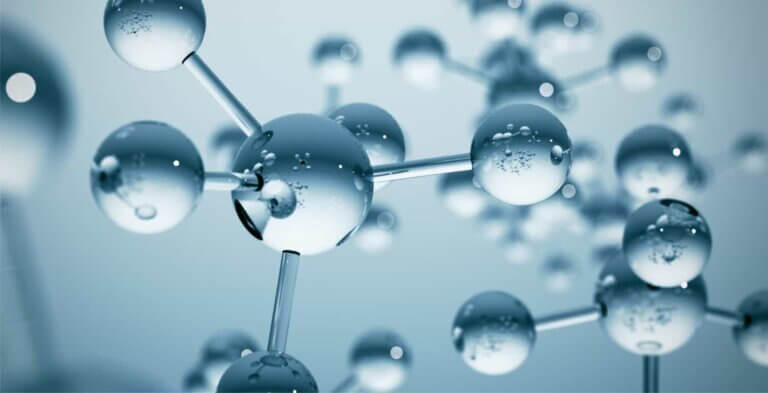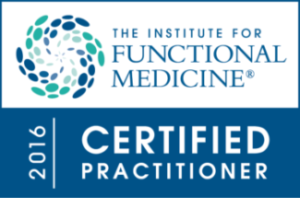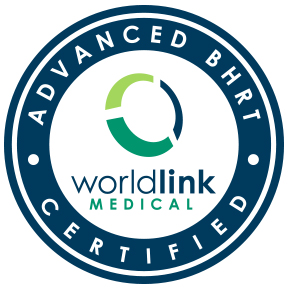Peptides are small chains of amino acids, the building blocks of proteins, but are distinguished by their shorter length. Unlike proteins, peptides are typically comprised of 2 to 50 amino acids. This simple structure enables them to be absorbed and utilized by the body more efficiently. Peptides play a crucial role in numerous biological functions, acting as signaling molecules that influence various physiological processes. They have a unique ability to signal and regulate various biological processes, and have emerged as powerful tools in the wellness arena.
We know of at least 7,000 naturally occurring peptides in the body. Peptides exist in all cells and are synthesized by the ribosome through translation of messenger RNA. The peptides are then transcribed into hormones and signaling agents. They are assembled and can become enzymes. They can also be ligands (bind to another chemical entity to form a larger complex) and part of receptors. They can basically be any particular messaging part of a cell.
Compared to traditional pharmaceuticals that have significant side effects and toxicity, peptides have relatively low toxicity and side effects. Peptides are now used widely, thanks to their versatility, specificity and high efficacy. With peptides, specific cellular processes or receptors can be targeted to precise therapeutic outcomes. They will minimize unwanted side effects and enhance the effectiveness of treatments for conditions ranging from skin aging, to muscle wasting and chronic diseases. Peptides can halt disease by enhancing cell functioning.
Peptides are actually not new. In the medical community, they have been utilized since the beginning of the 1920s. Insulin was the first commercially available peptide in the U.S. Other known peptides, e.g. oxytocin, gonadotropin-releasing hormone, and vasopressin, have advanced our ability to preserve hormonal and cardiac health.
Peptides offer us a radically new way to define aging. Aging is simply the arrest of the cell cycle. Simply put, peptides can target this arrest and the reasons for it. Aging is the number one factor in every disease we know. Aging, itself, is a disease. Peptides interfere with this negative spiral by giving cells what they need to continue to function and follow through with what they are preprogrammed to do: divide, grow, and mature. When cells lose this cellular efficiency it leads to cellular senescence, causing proinflammatory states, progressive aging and the metabolic issues that advance into disease processes, we are all too familiar with. Peptides can make cells efficient again. Peptides can help direct cells to make good decisions. Peptides can allow the body’s innate immune system to do its job of protecting against invaders and efficiently maintain health and homeostasis. And when all of this happens across the board within the body’s cells, aging is just a number, not a recipe for disease.
It’s time to embrace this era in which we understand that maybe the body has it right! It’s cellular mechanism is perfectly capable of taking care of itself under every circumstance. It may need help sometimes to overcome some of the stressors that we introduce to it from the environment or that are inside the body itself. But if we understand the mechanisms of these stressors on the cell, we can deal directly with the disease process of aging.
Peptides are being shown to be successful in aiding the regulation of blood and glucose, controlling insulin levels, and treating inflammatory diseases, brain diseases, cardiac disease, neurodegenerative diseases, autoimmune diseases, metabolic syndrome, weight issues, immune deficiencies, cancers, bone and joint problems, sleep disorders, anxiety, depression, and fatigue. We have multiple areas we can now address, not only in treating these chronic and acute conditions but also, potentially, in preventing them in the first place.

While the uses and benefits of peptides are vast and varied, it is important to approach their use with caution and professional guidance.
Sources:
William A. Seeds, MD., Peptide Protocols: A Handbook for Practitioners, 2020. An introduction to what peptides are, how and why they work in the brain and body, and how they can be used to improve health and outcomes.
Melissa Petersen, MD., Human Longevity Institute, Ultimate Guide to Peptide Therapy




Treat the whole person, not just the symptoms. Look for the root cause, together. Give you what you need, and take away what you don’t to allow your body to heal itself: “Get Healed Naturally.” Let’s get you tuned up, feeling younger, healthier, happier, more alive and vital, and harmoniously dancing your way through life again.
© 2025 Vital Health Solutions, Vital Health Drips & Vital TRT are DBAs of HealthSteps Rx, Inc. All Rights Reserved.